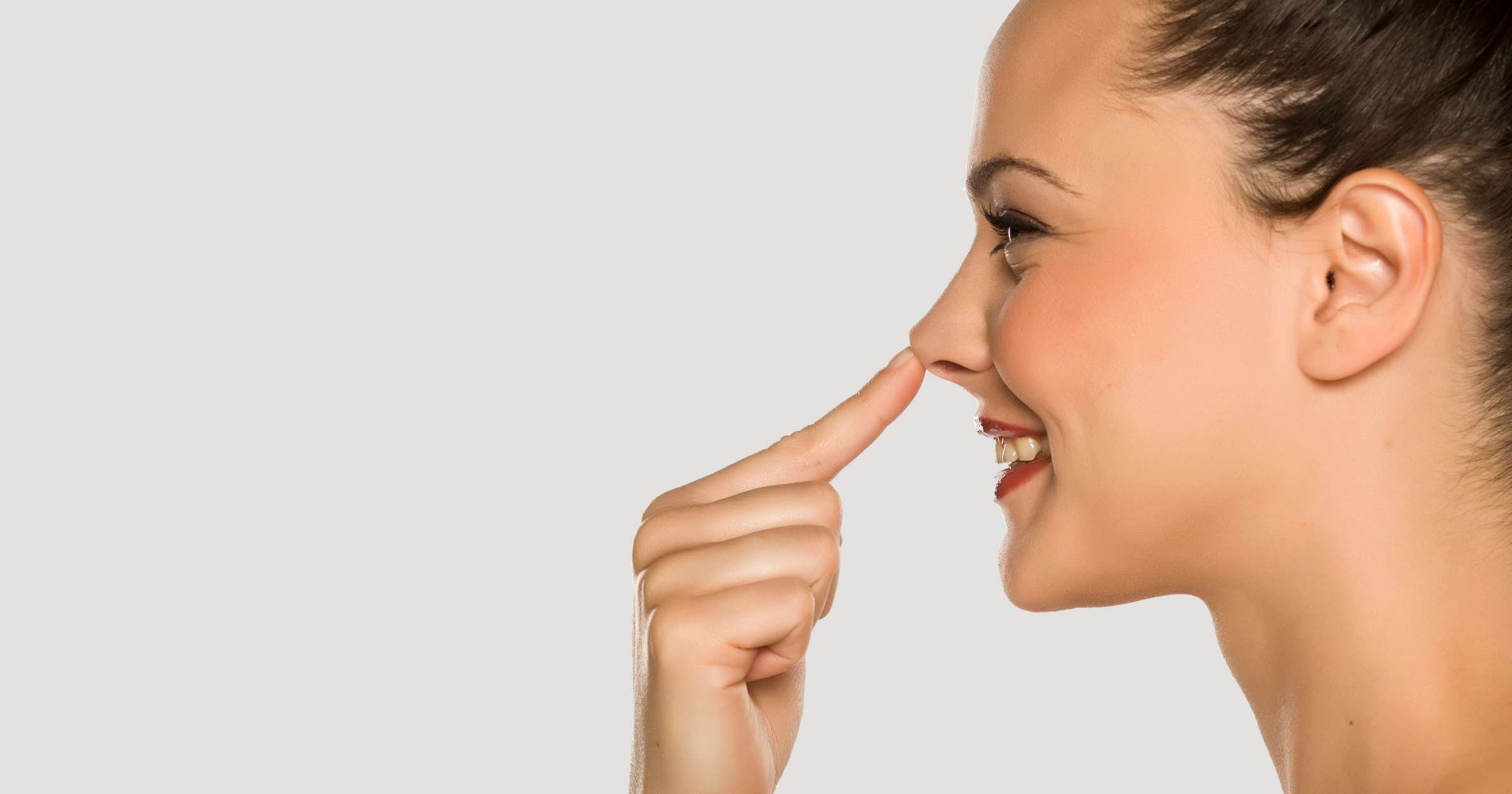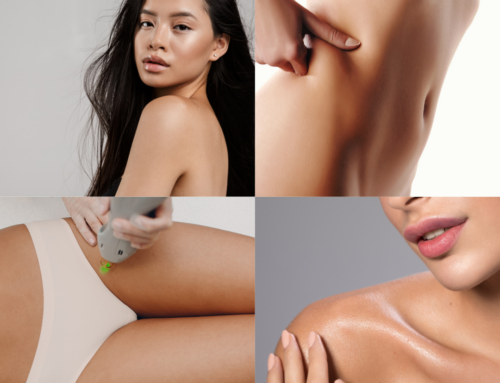Nose Surgery Recovery Process: A Comprehensive Guide

Rhinoplasty is a preferable surgical procedure for altering the shape and size of the nose. Unlike nose fillers which have to be reapplied periodically like other dermal fillers, rhinoplasty surgeries are designed to provide permanent results for patients who are looking to change the appearance of their nose and its profile.
But as is the case with any surgical procedure, rhinoplasty patients must be well aware of what they can expect from their recovery process. That’s why our team of Cosmetic Consultants here at Pirk have written up this comprehensive guide on the nose surgery recovery process.
If you’re curious about what the nose surgery recovery process holds in store for you, then stick with us as we delve deeper into all things rhinoplasty and how you can boost your chances of a successful surgery that delivers all the results you’re looking for.
What to expect from your nose surgery recovery process
As rhinoplasty is typically an outpatient procedure, most patients can expect to go home the same day after their nose surgery has been completed by their surgeon. But as you can expect to still be feeling the effects of your anaesthetic or sedation, you will need a friend or family member to drive you back home and ensure that you’re comfortable in your home space.
Both you and your elected caretaker should be aware of and make preparations for these key things following your nose surgery:
1. Accommodating your nose splint
You will be wearing a plastic splint for the first week or fortnight following your procedure. This is to maintain the new shape of your nose while your surgical wounds continue healing.
To ensure the best possible results and reduce risks of excessive bleeding or your stitches splitting, you should refrain from putting any pressure on your nose and splint. This includes the pressure of lying down in bed. Most rhinoplasty patients in recovery will either sleep upright with the support of firm cushions and pillows, or sleep on their backs with their heads elevated. This is to reduce risks of disrupting your wounds as they heal, as well as reducing the severity of fluid build ups during your nose surgery recovery process.
2. Removal of cotton gauze 24-48 hours after surgery
Alongside your plastic stint, you can expect to have cotton gauze positioned inside your nose. This is both to support the shape and structure of the nose immediately following surgery, and to reduce the risks of your surgical wounds openly bleeding.
Your cotton gauze can be removed from the inside of your nose anywhere between 24-48 hours after your surgery. Be sure to secure assistance with removing the gauze when recommended to do so by your rhinoplasty surgeon.
3. Providing pain relief medication during nose surgery recovery
In most cases, over-the-counter acetaminophen or ibuprofen pain medication can be taken to aid in pain relief following a nose surgery. In some cases, however, your surgeon may provide prescription pain relief medication that’s accompanied by directions for use. In both cases, patients should have support on hand for controlling their pain relief consumption – especially if they’re taking a mixture of both over-the-counter and prescription medications.
4. Be mindful of facial swelling, bruising, and numbness
Did you know that it takes weeks for the facial swelling, bruising, and numbness to diminish following your rhinoplasty procedure? In fact, some patients may even experience periodic facial swelling months following their nose surgery. Most patients have reported mild facial swelling in the morning upon waking for up to a year after their nose surgery.
With that, patients are advised to expect varying levels of facial swelling not only in the weeks following their nose surgery, but also periodically for a year following their surgical procedure.
What’s the typical recovery time for a nose surgery?
As we mentioned, some of the side effects following a nose surgery have been known to linger not just for weeks but even as long as 6-12 months after your procedure. This includes swelling and fluid build up.
Because of this, the typical recovery timeline for a nose surgery looks a little something like this:
- 24-48 hours post-surgery – your cotton gauze can be removed.
- 1 week post-surgery – your nasal splint can be removed.
- 2 weeks post-surgery – a pronounced reduction in facial swelling and bruising. The 2-week mark is where most patients feel comfortable returning to work.
- 3-4 weeks post-surgery – any repositioned cartilage in your nose is now stable. This means that you can expect to resume cardiovascular activities (i.e. running, swimming, etc.)
- 6 weeks post-surgery – any repositioned bones in your nose are now stable. This means that you can expect to resume blowing your nose, wearing glasses, and participating in strength and resistance training activities (i.e. weight lifting, gym machine workouts, etc.)
- 3-6 months post-surgery – you can expect a substantial reduction in facial swelling, bruising, and nasal numbness at this point on your nose surgery recovery journey, with just some light swelling occurring periodically.
- 12+ months post-surgery – this is where most rhinoplasty surgeons agree that the nose surgery recovery process is complete.
What to do during your nose surgery recovery process?
So how can you make sure that your nose is in the best possible position to enjoy a drama-free recovery process? Well the answer to this is simple enough: listen to your rhinoplasty surgeon and take any and all post-op advice they may have for you.
More specifically, patients recovering from rhinoplasty should take extra caution with their nose and their general health and wellbeing for at least the first year following their procedure. This means:
- sleeping on their back wherever possible,
- taking measures to soothe facial swelling (i.e. cold compresses), and
- maintaining a balanced diet with a good daily water intake to ensure that your body has all the nutrients it needs to heal rapidly.
Patients are also advised to be patient with themselves and with their bodies. Healing from any surgery naturally takes time, so don’t expect too much from yourself too quickly. Just listen to your body, so you can get in touch with your rhinoplasty surgeon if ever you’re showing symptoms that you feel may be any cause for concern.
What to avoid during your nose surgery recovery process?
And speaking of causes for concern, your nose is especially tender in the weeks following your rhinoplasty procedure. For this reason, it’s unwise to jump right back into all of your more strenuous activities before your surgeon says you’re ready.
Here are some things that all patients should avoid doing following their rhinoplasty procedure:
1. Avoid blowing your nose
It might seem weird to say, but the simple act of blowing your nose can actually undo the results of your rhinoplasty procedure! This is because the pressure of blowing your nose may damage your fragile nasal passages and alter the shape of your nose in the process.
If you’re feeling the need to alleviate nasal congestion, then it’s likely your rhinoplasty surgeon will recommend you apply a saline nasal solution to moisturise your nasal passages without the need to blow your nose. Your surgeon may also give you the go ahead to start blowing your nose again 6 weeks into your nose surgery recovery.
2. Avoid engaging in strenuous physical activity
As the cartilage and bones in your nose are still fragile, any strenuous physical activity may run the risk of you experiencing nasal trauma, or other disturbances (i.e. congestion during cardiovascular training) that may result in your inadvertently blowing your nose and causing damage to your nasal passages.
Strenuous physical activity has also been known to exacerbate facial swelling due to the combination of increased body heat and oxygen flows. This is why rhinoplasty surgeons typically don’t recommend that patients engage in strenuous physical activities until at least 6 weeks following their rhinoplasty procedure.
3. Avoid wearing glasses
The pressure of glasses on your healing nose can result in your nose losing its shape, which may then require revision rhinoplasty procedures down the line. This is why rhinoplasty surgeons typically recommend that patients wear contact lenses for at least the first 6 weeks following your rhinoplasty procedure.
If a patient is unable to wear contacts for any reason, then your surgeon may okay you wearing lighter frames if glasses are absolutely necessary. In these cases, however, it’s still recommended that you keep wearing frames to a minimum to reduce risks of experiencing facial swelling, bruising, or even indentations caused by wearing glasses on your healing nose.
4. Avoid exposing your nose to steam or heat
Exposing your nose to steam can actually trigger facial swelling in the same way that physical activity can do so. For this reason, rhinoplasty surgeons typically don’t recommend that patients have hot showers, or even visit their local spa or sauna in the first 3-6 months following their rhinoplasty procedure.
It’s also best to avoid overly hot or steamy foods like soups and teas. Instead, try to stick to a diet of cold or room temperature meals, and lukewarm beverages until your facial swelling reduces and your rhinoplasty surgeon approves the transition back to hot foods, drinks, and your regular spa and shower routine.
5. Avoid sun exposure and sunburns
Just like exposing your nose to steam and heat may lead to facial swelling and perhaps even congestion, so too can getting excess sun exposure. But accruing sunburns may also cause skin discoloration and perhaps even result in more pronounced scarring for rhinoplasty patients. For this reason, it’s best to stay under shelter in the months following your rhinoplasty procedure.
6. Avoid smoking
Believe it or not, but smoking may also affect the speed and efficiency of your nose surgery recovery process. This is because nicotine has been known to inhibit blood flow. This makes it more difficult for your nose to heal following your rhinoplasty procedure. So it’s best to give up the smokes now and stay away from any environments where you may even be exposed to secondhand smoke.
When can you see the results of your nose surgery?
And now to answer the question that’s probably on the tip of your tongue: if the recovery period for a nose surgery is estimated to be about a year, when can you expect to see the full results of your nose surgery?
Well, the short answer is that you can expect to see the results of your nose surgery at least a full year after your rhinoplasty procedure. The long answer is that your nose will continue to strengthen as it heals, and the best way of attaining (and maintaining) results that you’re happy with, is to listen to your rhinoplasty surgeon and take extra care and attention with your nose moving forward.
Why book your rhinoplasty consultation with Pirk?
Now that you know what to expect post-surgery, the next step is to finalise your preliminary rhinoplasty consultation. Traditionally, this could only be done after hours upon hours of researching rhinoplasty clinics near you – but not anymore.
With Pirk’s innovative Cosmetic Consultation service, you can now be paired up with a suitable rhinoplasty surgeon in a matter of minutes. Simply jump on a Discovery Call with our Pirk Cosmetic Consultants or fill out our convenient web form to experience the Pirk difference for yourself.
Want to know more about just how easy it is to book your rhinoplasty consultation via Pirk? Then why not give our team a call at 1300 114 426 today or get in touch with our team via our website for more information on how we can assist you with scheduling your nose surgery consultation? We’re here to help!
The information presented in this blog and on the Pirk’s website is intended for general informational purposes only and should not be considered professional advice. While we collaborate with qualified surgeons, we are not medical specialists, and the content provided is of a general nature. It is strongly recommended to seek personalised professional advice tailored to your specific situation.
If assistance in finding a qualified surgeon is needed, Pirk can offer support. This content does not constitute personal advice, diagnoses, or treatment plans. By reading our blogs, you acknowledge and accept these terms. For further assistance or clarification, please contact us at hello@pirk.au.

